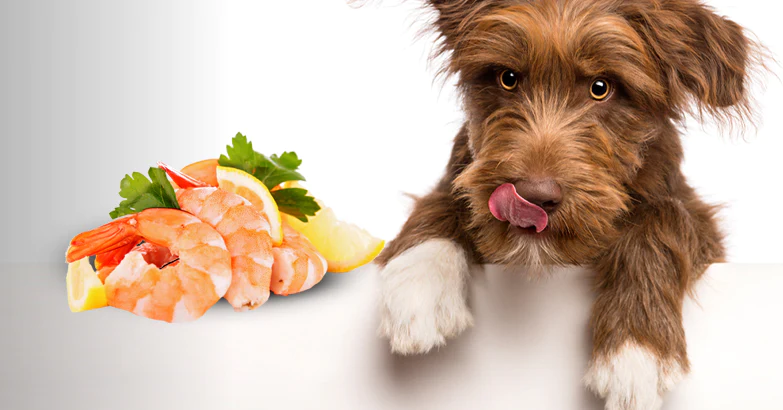Cats, with their enigmatic personalities and captivating looks, are beloved pets around the world. One of the most intriguing aspects of our feline friends is their coat colors and patterns. From the sleek black of a panther to the intricate stripes of a tabby, the variety of cat colors is both fascinating and beautiful. This comprehensive guide will explore the science behind cat coat colors, the genetics that determine these hues, and the most common and rarest colors found in cats.
Understanding Cat Coat Genetics
The coloration, pattern, length, and texture of a cat’s fur are determined by genetics. The variations among cat coats are due to physical properties and the complex interplay of genes. For example, the presence of the silver melanin inhibitor gene can result in a grayer undercoat or tarnishing in some cats. Additionally, the length of a cat’s coat is influenced by the fibroblast growth factor 5 (FGF5) gene, with different mutations responsible for long coats in various breeds[2].
Main Genes Influencing Coat Colors
- Primary Gene for Coat Color (B/b/b1): This gene codes for the eumelanin pigment, with dominant allele B for black, recessive allele b for chocolate, and b1 for cinnamon[7].
- Red Gene (O/o): Found on the X chromosome, this co-dominant gene determines the presence of red variations in fur color, encoding for phaeomelanin[7].
- Dense/Dilute Pigment Gene (D/d): Affects the deposition of pigment in the hair, altering the original coat pigmentation. For example, black cats appear gray (blue) when the cat is a recessive homozygote dd[7].
Common Cat Colors and Patterns
Cats come in a variety of colors and patterns, some of which are more common than others. According to experts, the most common cat colors include:
- Tuxedo: A blend of black and white, found in many breeds[3].
- Black: A dominant gene makes black a very common color for domesticated cats[3].
- Calico: Tri-colored pattern, typically with white, orange, and black[3].
- Tabby: The most common coat pattern in the wild, with variations such as striped (Mackerel), blotched (marbled), spotted, and ticked (agouti)[6].
- Bicolor: A coat of white and one other color, which can be solid or show a tabby pattern[6].
Rarest Cat Colors and Patterns
While some cat colors are quite common, others are considered rare and are often sought after by cat enthusiasts. The rarest cat colors include:
- Cream: A buff hue with a soft white and hint of orange undertone, considered one of the rarest cat colors[4].
- Lilac: A warm grey-brown, or “grey with a pinkish tone,” varying greatly in shade[4][5].
- Fawn: Lighter and warmer than lilac, with a warm brownish-pink nose and paw-pads[5].
- Colorpoint: Known for the distinct coloration on the face, ears, paws, and tail, with a lighter body color[4].
Does Color Influence Personality?
There’s a common belief that a cat’s coat color can influence its personality. For instance, black cats are often associated with mystery, while white cats are seen as pure and good-natured. However, there’s no scientific evidence to support the idea that coat color directly influences a cat’s temperament. Personality traits in cats are more likely influenced by breed, environment, and individual genetic makeup rather than coat color alone[8].
Conclusion
The world of cat colors is as diverse and colorful as the cats themselves. From the common black and tabby to the rare cream and lilac, each cat’s coat tells a story of genetics, evolution, and sometimes, selective breeding. Understanding the genetics behind these colors not only satisfies our curiosity but also deepens our appreciation for these fascinating creatures. Whether you’re a cat owner, breeder, or simply a cat enthusiast, the diversity of cat coat colors is sure to captivate and enchant.
Citations:
[1] https://sheltermedicine.vetmed.ufl.edu/files/2011/11/identification-and-coat-colors-patterns.pdf
[2] https://en.wikipedia.org/wiki/Cat_coat_genetics
[3] https://www.catster.com/guides/most-common-cat-colors/
[4] https://www.rd.com/list/rare-cat-colors/
[5] https://sparrows-garden.com/genetics/cat-color-glossary.html
[6] https://thecatsite.com/c/cat-coat-colors-and-patterns/
[7] https://basepaws.com/blog/cat-coat-genetics
[8] https://petpedia.co/most-popular-cat-color/
[9] https://www.catster.com/guides/rarest-patterns-coat-colors-in-cats/
[10] https://fanciers.com/cat-genetics/cat-colors/
[11] https://basepaws.com/blog/the-ultimate-guide-to-cat-fur-patterns-colors-and-markings
[12] https://labgenvet.ca/en/cat-genetics-2-0-colours/
[13] https://oklagator.com/2016/09/12/9-cat-colors-best-to-worst-where-does-your-kitty-rank/
[14] https://basepaws.com/blog/top-10-rarest-coat-colors-and-patterns-in-cats
[15] https://www.catster.com/cats-101/different-cat-colors/
[16] https://vgl.ucdavis.edu/resources/cat-coat-color
[17] https://www.reddit.com/r/NoStupidQuestions/comments/14k3fcr/what_is_the_most_common_color_for_cats/
[18] https://www.reddit.com/r/RealLifeShinies/comments/106up8m/very_rare_cat_coat_pattern/
[19] https://www.omlet.us/guide/cats/choosing_the_right_cat_for_you/cat_coat_colors_and_patterns/
[20] https://lizskittybootcamp.com/2020/08/24/cat-genetics-a-progressive-look-at-coat-colors-patterns/
[21] https://cats.com/rare-coat-colors-in-cats
[22] https://www.petside.com/rare-cat-colors/
[23] https://www.catster.com/guides/cat-coat-genetics/
[24] https://naturesadv.com/blogs/natures-blog/the-ultimate-guide-to-cat-coat-colors
[25] http://messybeast.com/colour-charts.htm





Leave a Reply